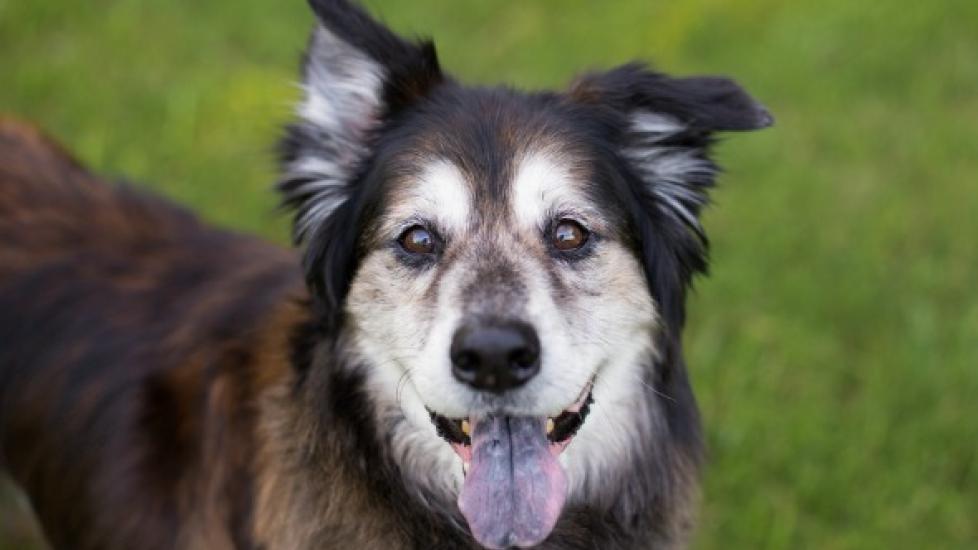In the world of canine health, intestinal tumors are a concern that pet owners and veterinarians alike dread. Among these, leiomyomas—benign smooth muscle tumors that commonly arise from the gastrointestinal tract—are relatively rare but still pose significant challenges for both pets and their human companions. This article aims to shed light on this intriguing yet often overlooked condition, providing insights into its diagnosis, treatment options, and preventive measures. Let’s delve deeper into understanding leiomyomas in dogs.
Understanding Leiomyomas:
Leiomyomas are slow-growing, noncancerous masses that typically develop within the muscular layers of the digestive system. They can occur anywhere along the length of the intestines, including the stomach, small intestine, or large bowel. Unlike other types of intestinal tumors, which may be associated with chronic inflammation or genetic predisposition, the exact cause of leiomyomas remains unclear. However, they are more common in older dogs, particularly those over 10 years old.
Symptoms and Diagnosis:
Dogs with an intestinal leiomyoma might exhibit symptoms such as vomiting, diarrhea, weight loss, abdominal pain, or constipation. These signs are nonspecific and could indicate various underlying conditions; therefore, it is crucial to consult a veterinarian if your dog exhibits any persistent abnormalities. The tumor itself may not always be palpable during physical examination due to its location deep inside the body.
To confirm the presence of a leiomyoma, imaging techniques like X-rays, ultrasound, or computed tomography (CT scans) can provide valuable information about the size and location of the mass. Blood tests might also reveal elevated liver enzymes or changes in white blood cell counts, suggesting the body’s response to inflammation caused by the tumor. A definitive diagnosis usually requires surgical removal of the affected part of the intestine and subsequent histopathological analysis.
Treatment Options:
The primary treatment option for intestinal leiomyomas is surgical resection. Depending on where the tumor is located, the surgeon may need to perform an extensive procedure involving partial or complete removal of the affected segment of the intestine followed by careful reconstruction. In some cases, chemotherapy drugs or radiation therapy may be considered after surgery to reduce the risk of recurrence or metastasis.
Postoperative Care and Prognosis:
Following surgery, close postoperative monitoring is essential to ensure proper healing and to manage potential complications such as infection, bleeding, or bowel obstructions. Pet owners should follow veterinary instructions closely regarding feeding schedules, medication administration, and restrictions on exercise and activity levels. With successful surgical intervention, most dogs experience good outcomes and return to normal life. Recurrence rates vary widely depending on factors such as the extent of tissue involvement at the time of surgery and whether all visible lesions were removed.
Prevention and Management:
While there is no foolproof way to prevent leiomyomas, regular check-ups with a veterinarian can help detect early signs of trouble. Maintaining a healthy lifestyle through a balanced diet, regular exercise, and routine vaccinations can support overall well-being, potentially reducing the likelihood of certain cancers and tumors. Additionally, screening programs like fecal occult blood testing or colonoscopies in senior dogs can aid in identifying problems before they become severe.
Conclusion:
Intestinal leiomyomas present a complex challenge for both veterinarians and pet owners, requiring prompt recognition, thorough diagnostics, and skilled surgical management. By staying informed about this uncommon yet serious condition, we can work together to provide our canine friends with the best possible care and ensure they live long, happy lives free from the burden of cancerous growths.
